This is a post in the Spotlight on: Languedoc-Roussillon series
Domaine Cazes is a bridge between history and modernity in many respects.
The family owned wine company can trace its history back to 1895 when they were winemakers rather than grape growers. These days Domaine Cazes manages the whole production process, employing modern theories of organic and biodynamic viti- and viniculture under the 4th generation winemaker Emmanuelle Cazes. In fact, it’s one of the largest biodynamic and organic producers of wine in France.
The core portfolio consists of red, white, rosé and dessert wines.
The white wines were noticeably higher in acidity than wines found in Languedoc. Le Canon du Maréchal Blanc 2012 was also noticeably perfumed.
The red wines were on the austere side but only because they were requiring a lot of age. Côtes du Roussillon Villages Alter de Cazes Rouge 2009 was showing development but still too herbaceous to be easy drinking.
They also make a small quantity of rosé wines. The Côtes du Roussillon Villages Ego de Cazes Rosé 2012 was a very fruity rosé with high acidity and a hint of sulphur.
Its most famous offering is still its sweet wines, some of which you can see concentrating in the age-old barrels sitting in the headquarters at Rivesaltes or on the wine lists of the likes of Maison Troisgros and Hotel George V’s Le Cinq.
The Rivesaltes Ambré 1999 was a lusciously bronzed caramel liquid that’s rich with raisin on the nose with a long finish of dried apricots and great balance of sugar and acidity. The Muscat de Rivesaltes 2009 was comparatively lighter in colour with hints of elderflower on the nose. The alcohol was a little off balance leading to the sensation of tasting grappa on the palate but the overall mouthfeel is good. The Cuvée Aimé Cazes Rivesaltes 1978 was a really stunning wine. Rich with caramel and Christmas fruit and rather high in alcohol at this stage, it was rather reminiscent of a whisky.
The Rivesaltes headquarters is also home to their charming restaurant La Table d’Aimé, where the day’s offerings are chalked on to a blackboard and brought to the table for guests to order from. Aimé, incidentally, was the name of Cazes’ first winemaker. The food is rustic, French but with plenty of Catalan influences.
Like its counterparts in the Languedoc-Roussillon, Cazes has also expanded its portfolio to include properties elsewhere in the region, notably Clos de Paulilles. This expansion has added contrasting wines to the portfolio.
The Les Clos de Paulilles Collioure Blanc 2012 is a much more creamy and nutty white, with medium acidity with hints of citrus fruit and green apples. The Les Clos de Paulilles Collioure Rouge 2011 was much more fruity, which helped to balance the herbaceousness. The Les Clos de Paulilles Banyuls Traditionnel 2008, aged outside in glass bottles, had a velvety texture with deep amber colours and notes of caramel and toffee.
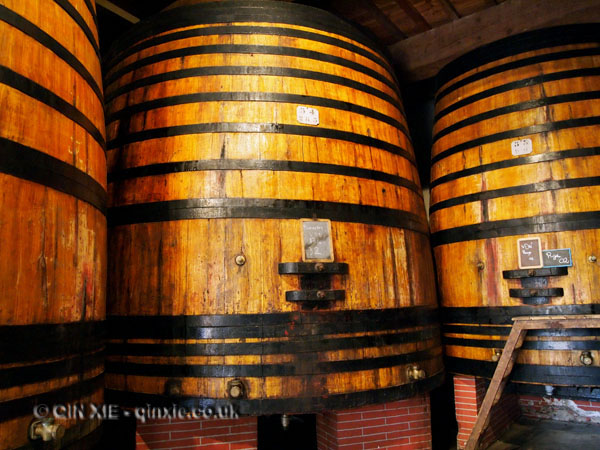
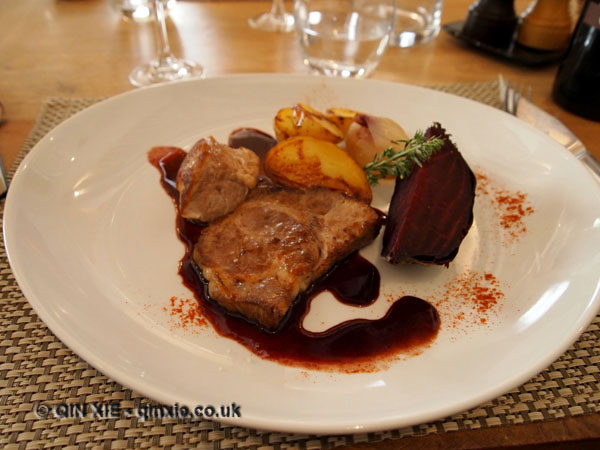
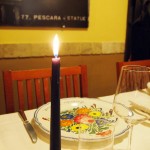
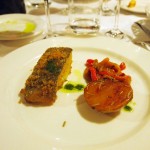
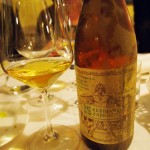
[…] Cazes […]